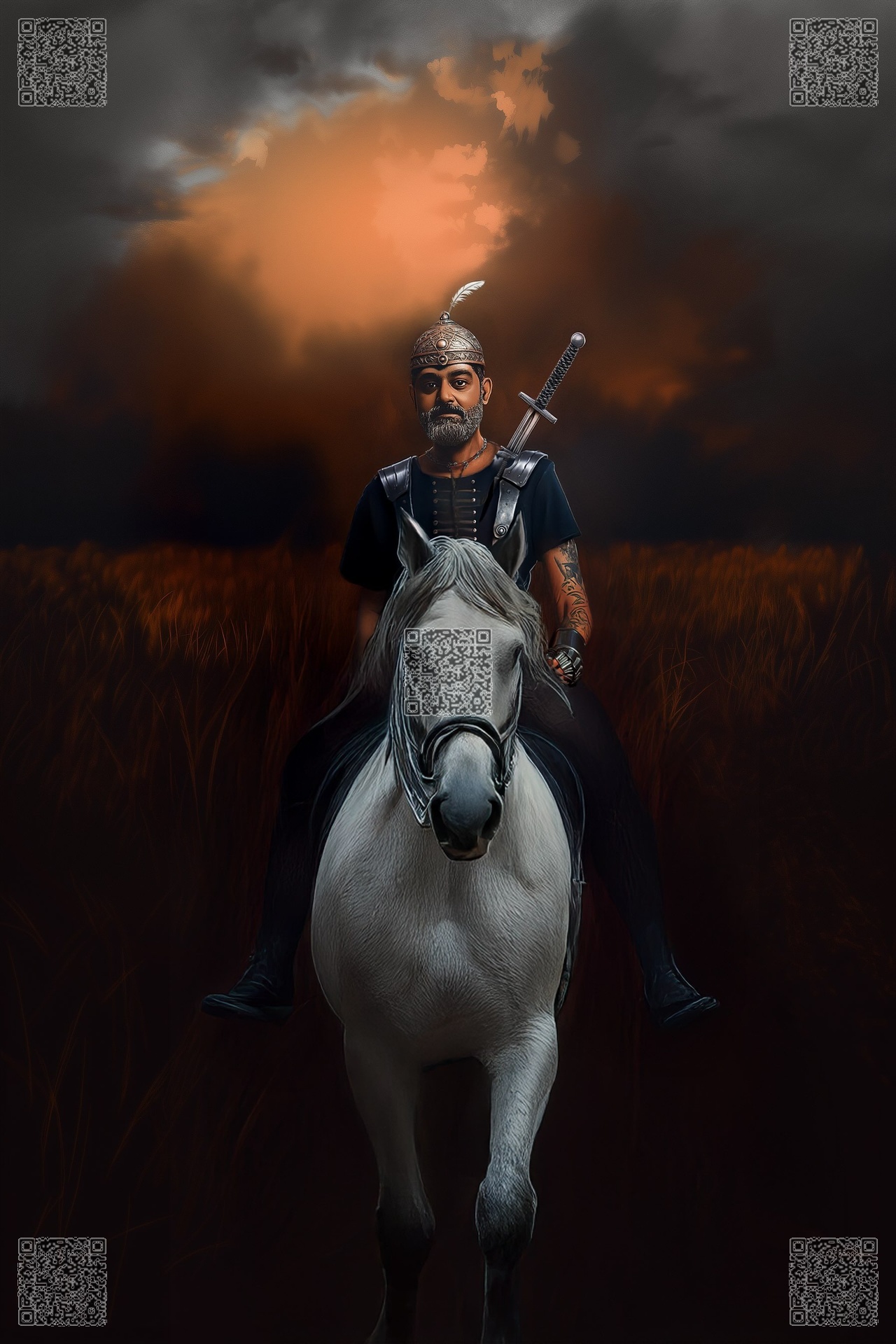Introduction
Valiyakunju Shankaran Channar, also known as Mathevan Shankaran Channar, was a pivotal figure in the history of the Alummoottil family. Though he never formally held the title of Karanavar (family elder), his leadership spanned nearly 15 years during the lifetimes of his two maternal uncles. Known for his administrative skill and ability to manage the family’s affairs effectively, he played a significant role in shaping the family’s legacy.
Early Life and Family Background
Valiyakunju Shankaran Channar was born in Kollavarsham 990 (A.D. 1814) into the Alummoottil family, one of the prominent matrilineal lineages in Travancore. He was the son of Mechichannatty, a sister of Karanavar Mathevan Channar, and spent his early years at Komalarath. His leadership qualities emerged early, prompting his eventual relocation to Alummoottil, where he assumed significant responsibilities.
As a junior family member, Shankaran Channar demonstrated exceptional efficiency in managing the family’s vast properties and wealth. By Kollavarsham 1040 (A.D. 1864), he had assumed de facto control over the estate, even though his uncles Kochukunju Channar and Kochathi Channar held formal authority.
Role as De Facto Karanavar
During his tenure, Shankaran Channar’s governance was marked by discipline, foresight, and strategic planning. His administrative approach earned him the reputation of a “Shaktan Thampuran” (strong leader). He oversaw various aspects of the family’s operations, from property management to conflict resolution, ensuring stability and prosperity.

Agricultural Management
Agriculture formed the backbone of the Alummoottil family’s wealth, and under Shankaran Channar’s supervision, the estate thrived. The paddy fields yielded abundant harvests, supported by innovative irrigation practices and efficient management. Granaries were well-stocked, and coconut groves were meticulously maintained, contributing significantly to the family’s prosperity.
Construction of the Alummoottil Nalukettu
One of Shankaran Channar’s most enduring contributions was the relocation and reconstruction of the Alummoottil Nalukettu in A.D. 1870. Originally built by the Nellimoottil family in A.D. 1746 as a gift from Maharaja Anizham Thirunal Marthanda Varma, the Nalukettu symbolized affluence and heritage.
Shankaran Channar purchased the structure for 1,000 raashis (gold coins), dismantled it, and transported it to Alummoottil, where it was reassembled. This monumental effort underscored his vision for the family’s prominence and served as the focal point of the estate.
1878 Nischayapathram (Property Agreement)
Shankaran Channar spearheaded the drafting of the 1878 Nischayapathram, a landmark agreement that reorganized the family’s assets into three distinct categories:
- Common properties shared by all family branches.
- Branch-specific properties allocated to Kochikkachannatty’s and Mammachannatty’s descendants.
- Temple and charitable properties reserved for religious and philanthropic activities.
The agreement meticulously listed assets, including 108 residential plots, 27 granaries, and 1,497 paras of paddy fields. It also provided for temple rituals, annual donations of rice and coconuts, and other charitable activities. This effort was aimed at minimizing disputes and ensuring equitable distribution of wealth.
Religious Contributions
A devout individual, Shankaran Channar made significant contributions to temples and religious institutions. He funded offerings and festivals at temples such as Evoor, Kandiyoor, and Haripad. His donations included:
- Land for temple upkeep.
- Regular offerings of rice, coconuts, and coins for rituals.
- Endowments for community feasts during monsoon months.
These acts of devotion bolstered the family’s reputation as benefactors of the local community.
Marital Alliances and Family Structure
Shankaran Channar was strategic in arranging marriages for his descendants. These alliances often involved close relatives, ensuring the consolidation of wealth and influence. His wife, Velumbiyamma, hailed from the Kuttikkal family. Together, they had nine children—five sons and four daughters—each of whom played pivotal roles in the family’s legacy.
Sons:
- Komathu Keshavan Channar:
- Resided at Komathu house.
- Married Lakshana Kunju Amma from the Pathiyoor Kottur family.
- Kochu Kunju Channar:
- Built the renowned Thiruvikkal house.
- Married Kochu Velumbiyamma, with whom he had five children.
- Kunju Kunju Channar:
- Established Thiruvikkal Bhavan.
- Married a member of the Veluthakuttu family.
- Kochu Krishnan Channar:
- Built Uralil Bhavan at Kadampattu.
- Married Kunju Amma from the Vayalil family.
- Komathu Kavikunju Panicker:
- A renowned poet and scholar.
- Authored works such as Rukmini Swayamvaram and Harischandracharitam.
Daughters:
- Amma Kunju Channatty:
- Married into the Komalarath family.
- Kochikkachannatty:
- Married into the Paattoor family.
- Karuthakunj Channatty:
- Married into the Aanasthanathu family.
- Kochummini Channatty:
- Married Pappu Panicker from the Varana house.
Challenges and Disputes
Despite Shankaran Channar’s meticulous planning, the 1878 Nischayapathram became a source of contention among family members. Disputes arose over the allocation of properties, leading to prolonged legal battles. These challenges highlighted the inherent complexities of managing a large family estate.
Legacy
Shankaran Channar passed away on the 16th of Meenam, Kollavarsham 1055 (A.D. 1879), at the age of 65. His leadership left an indelible mark on the Alummoottil family, ensuring its prosperity and prominence for generations. The structures he established, both physical and administrative, continued to guide the family through changing times.
His emphasis on agriculture, strategic alliances, and religious contributions solidified his legacy as a visionary leader. Today, he is remembered as a pillar of strength and a model of effective administration within the Alummoottil family.



